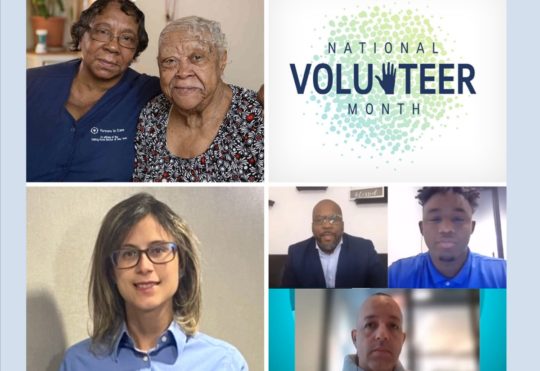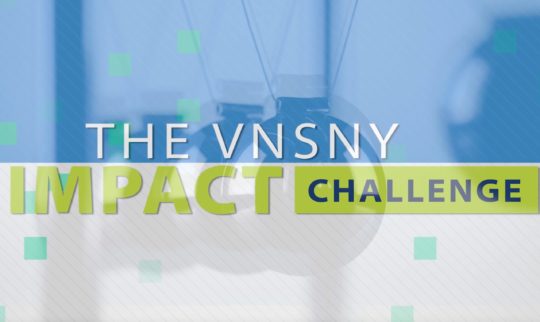An Interview with Dan Lowenstein, Vice President of Government Affairs

How did you get into Government Affairs and health care?
As we all know, public policy has the ability to make people’s lives much better—or much worse. Throughout my career working with health policy-focused elected officials, nonprofits, academia and consulting firms, I developed a fairly solid understanding of the policy and market dynamics impacting the health care sector. This enabled me to develop and advocate for sound public policy solutions that helped achieve organizational goals, and enabled people to get the health care they needed and deserved.
What are the primary objectives of Government Affairs at VNSNY?
The overarching goal is to ensure that public policy enables VNSNY to accomplish its mission and objectives. We have an internal and an external focus, which go hand in hand. It is important that VNSNY staff are aware of policy issues that impact their work, and that policy issues are considered in the decision making process. We circulate updates, advise on, and respond to inquiries about key policy issues impacting VNSNY. The best public policy is informed by the insights and experience of those doing the work. That’s why we collaborate with leadership and staff across the organization to advise policymakers, develop position papers, and testify at hearings.
We’re also strengthening relationships with the government officials and staff who create and carry out the policies that impact VNSNY. As a leader in home and community based care, we provide important perspectives to our “regulators,” primarily the New York State Department of Health and the Center for Medicare and Medicaid Services. We also show City, State and federal elected officials how many thousands of their constituents we serve each year, and cosponsor community events that connect their leadership with our role in their communities.

What are some of the major policy issues affecting VNSNY?
As we all know, this is an incredibly volatile time in government. It can be overwhelming, but that makes it all the more important to closely track what is happening in Washington and Albany. We are fortunate in New York State to have progressive leadership that recognizes the need to ensure our most vulnerable citizens have quality health care. We have a robust Medicaid program, both in the services and the people it covers, but this makes Medicaid a target for cuts at the state and federal level. We are in for a particularly tough 2018 in Albany, as the State needs to close a more than $4 billion budget gap.
VNSNY is a key part of the solution to improve health outcomes and stem rising healthcare costs. We have to convince leaders in Washington and Albany that government should invest more—not less—in programs like ours that keep people healthy in their homes and communities, and out of more expensive places like hospitals and nursing homes.
Also, a time when we need more people working in home health to care for a growing frail and elderly population, federal immigration policies are making it harder to find qualified people willing to work in these tough jobs—and it’s impacting dozens of VNSNY employees and their families. More than 60 VNSNY home health aides of Haitian descent and more than 60 “Dreamers” who work at VNSNY are at risk of deportation due to changes in federal immigration policy.
What are the biggest opportunities for VNSNY in terms of government policy?
There’s an increasing emphasis on getting healthcare providers to take on more risk and responsibility for patient care, with reimbursement tied to achieving successful outcomes. New York State has proposed a number of programs intended to foster greater health care provider responsibility. If we can shape and leverage policy opportunities in this area, it can support our strategies to manage the health of vulnerable populations through value-based payment partnerships with physician groups, hospitals, health plans and others.
Are there other policies VNSNY is pursuing in this regard?
The most vulnerable people in our society are also the most costly for which to provide health care: those who are “dually eligible” for Medicare and Medicaid, and Medicare enrollees in their last year of life. These are also the two groups of people where we can have the most substantial impact on outcomes and costs through technology-enabled home and community-based care and care management. At the request of White House health advisors, we recently submitted ideas to the Center for Medicare and Medicaid Innovation (CMMI) for enhancing in-home based care management; improving access to hospice and palliative care; and integrating Medicare and Medicaid for beneficiaries, providers, and payers. Much like we have done with the Bundled Payment for Care Improvement (BPCI) demonstration, we want to test new care models in these areas and be held accountable for the results. But the first step is convincing CMMI to adopt these models!

